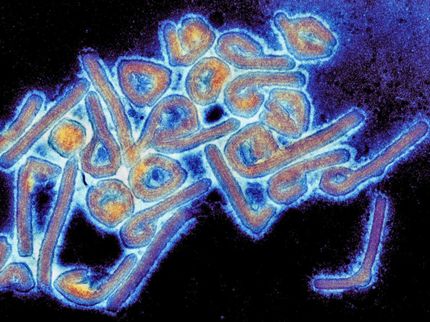Biodefense: Anthrax and Smallpox at the Research Forefront
04-Oct-2012
- United Kingdom
As the potential threat of biological terrorist attacks continues to command the attention of governments around the globe, anthrax and smallpox remain amongst the most researched diseases in the biodefense industry, states a new report by GBI Research.
The company’s latest study shows that anthrax vaccines make up 24% of molecules in the biodefense industry pipeline, while smallpox, despite being eradicated in 1980, accounts for 32% of the total. Viral hemorrhagic fever, a category which amongst others encompasses the Ebola virus, represents 39% of pipeline molecules.
Anthrax and smallpox treatments remain key areas of development due to their high potential for destruction. These diseases can be easily transmitted through the air and have the capacity to inflict widespread devastation if deployed in a bioterrorist attack.
At present, Anthrax Vaccine Adsorbed (AVA) is the only licensed anthrax vaccine, but the use of alternative antimicrobials and antitoxin therapies for anthrax are being researched by the US National Institute of Allergy and Infectious Diseases (NIAID).
Dryvax is the FDA-approved vaccine for smallpox. Approximately 15 million doses of Dryvax vaccine have been stored since production stopped in 1983, however, it is speculated that should there be a biological attack involving smallpox, the available vaccine would not meet the demand. Accordingly, the NIAID has initiated a study to determine the feasibility of diluting Dryvax vaccine to make more doses available from the existing stores.
GBI Research states that the US government has allocated more than $50 billion since 2001 to address the threat of biological weapons, with funding for bioweapons-related activities focusing primarily on the research for, and the acquisition of, medicines for defense.
Most read news
Other news from the department science

Get the life science industry in your inbox
From now on, don't miss a thing: Our newsletter for biotechnology, pharma and life sciences brings you up to date every Tuesday and Thursday. The latest industry news, product highlights and innovations - compact and easy to understand in your inbox. Researched by us so you don't have to.

























































